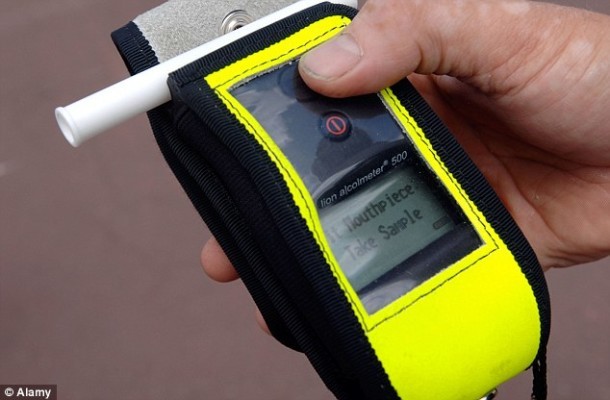Court declines to suspend alcoblow crackdown
The High Court has declined to grant orders suspending the use...

A number of motorists have had their merry evenings marred by the dishonour of being shown on prime time television being subjected to ‘ alcoblow’, before incurring heavy court fines.
Breathalysers — commonly called Alcoblow in Kenya — are assumed to be reliable tests of blood alcohol concentration, but scientists are unanimous that only taking a blood or urine sample for laboratory analysis gives the precise determination.
Several studies and court cases indicate that the science behind breathalysers is not entirely consistent, and that the gadgets are prone to errors in determining the amount of alcohol consumed.
“Breath-analysis machines are supposed to be screening devices when the police suspect there is alcohol in the body, but not used as evidence in their current form,” says Dr Michael Hlaastala, a US forensic scientist in a study titled, Physiological Errors Associated with Alcohol Breath Testing.
The study give various scenarios, from environmental factors to the physiology of the consumer that can affect the machine’s calculation of the alcohol content in one’s blood. This includes temperature, atmospheric pressure, the chemical composition of the suspect’s breath and his or her physical activity, as factors that can lead to variable, thus legally challengeable results.
For example, a person with a lower cell volume would have higher blood alcohol based on a breath test, regardless of actual amount of alcohol consumed.
Exercise and sweating after alcohol consumption can also lead to an underestimation of blood alcohol values. In one study, the blood alcohol concentrations of subjects before and after running up a flight of stairs decreased 11 to 14 per cent after one trip, and 22 to 25 per cent, after two such trips.
Dr Hlaastala says that there are over 100 compounds that can be found in the human breath at any one time, with up to 70 per cent of them containing a molecular structure similar to ethanol.
“The use of breath tests to determine blood alcohol suffers from a major and fundamental weakness in that it is an indirect method and thus subject to variability,” said R. T. Kennedy, a Mexican Judge in case brought before the court on the validity of using the ‘Alcoblow’ alone to determine the level of alcohol in the body.
Kevin Mark, a US forensic scientist, writes that the human body produces its own supply of alcohol naturally 24 hours a day, a process called endogenous ethanol production. He says that in some cases people produce enough to become legally intoxicated and arrested for driving under the influence of alcohol.
The expert adds that people with low sugar levels, mainly in diabetics, produce a compound known as acetone in the breath, which breathalyser record as alcohol on the breath. Smokers are also prone to false readings, as they produce higher levels of a chemical known as acetaldehyde in the breath, which is also falsely recorded as alcohol by breathalysers.
In Kenya, drink-driving is blamed for up to one third of road-traffic, and police have been known to innovate ways, such as walking in a straight line, to determine intoxication levels of drivers. These methods are hardly scientific, and increasingly authorities have turned to technology to detect alcohol levels in suspected drunken drivers.
Various countries have set their own concentration levels as the alcohol intoxication thresholds, with Kenya’s being at 0.35. Manufacturers recommend re-calibration of the machine at regular intervals to ensure accuracy. Local police are required to check settings periodically.